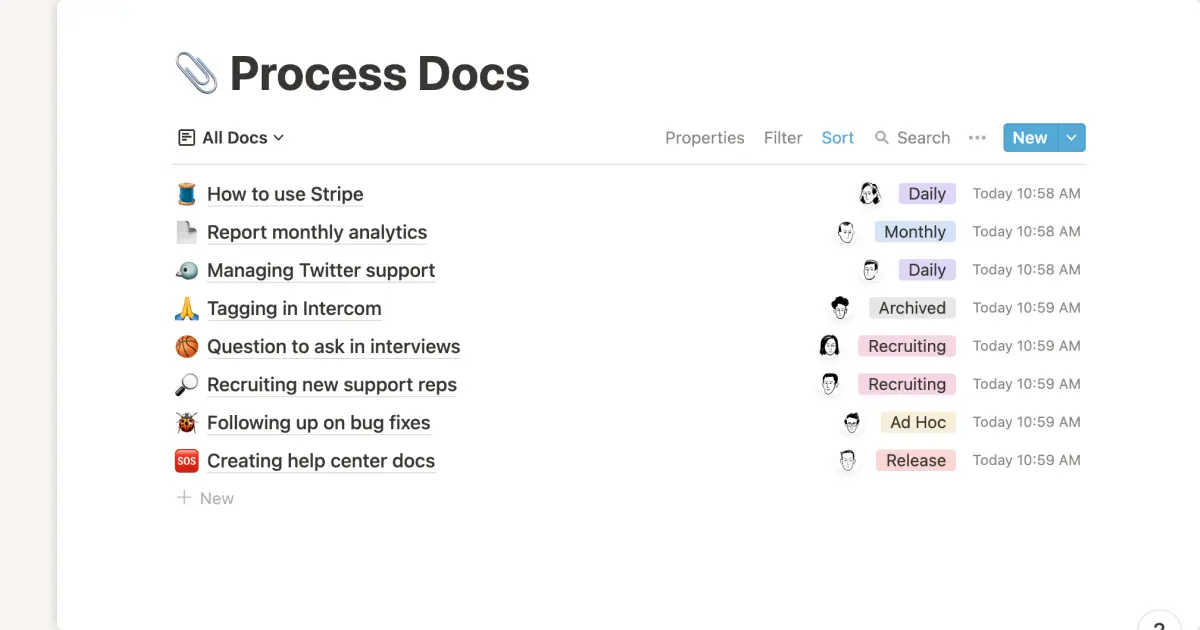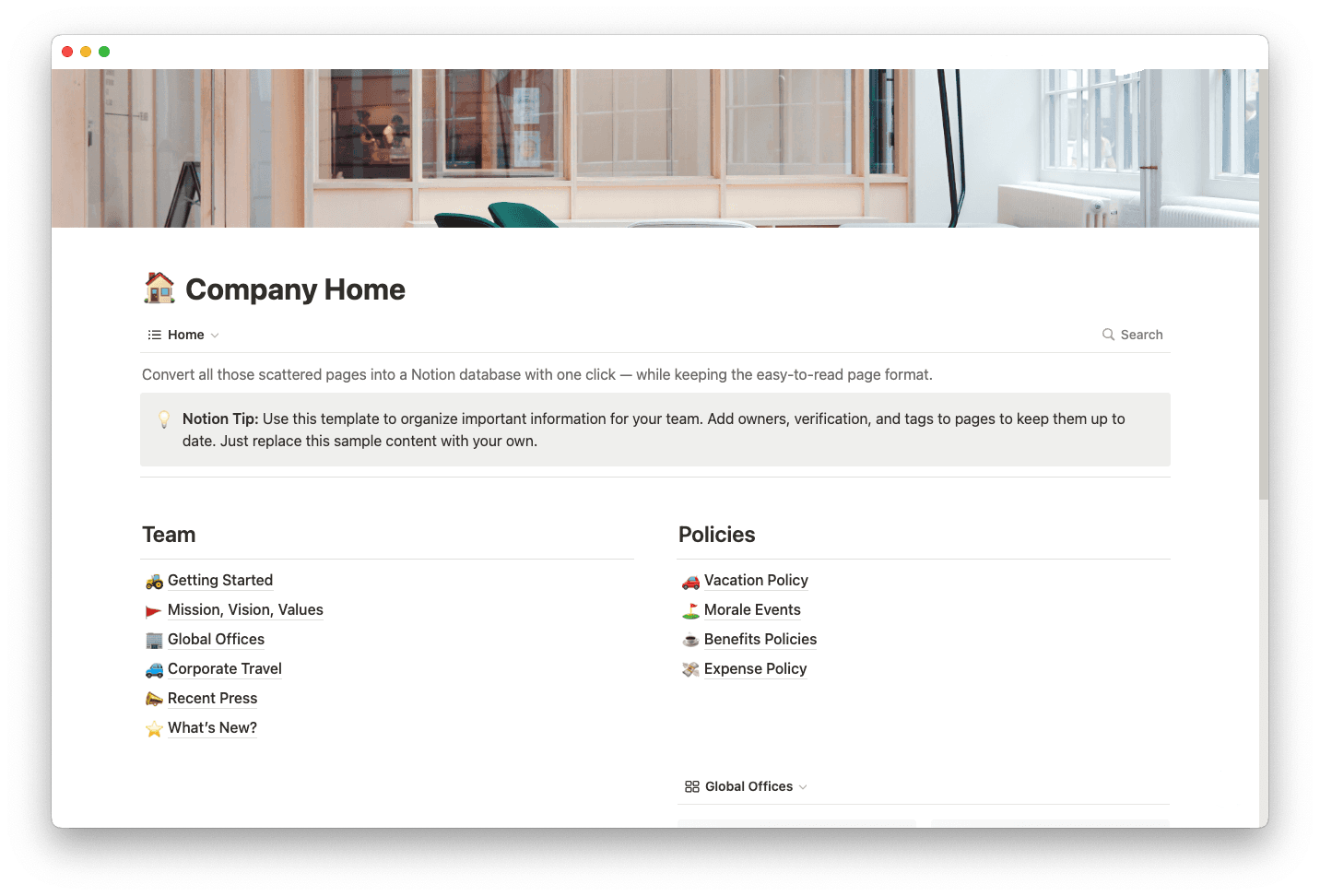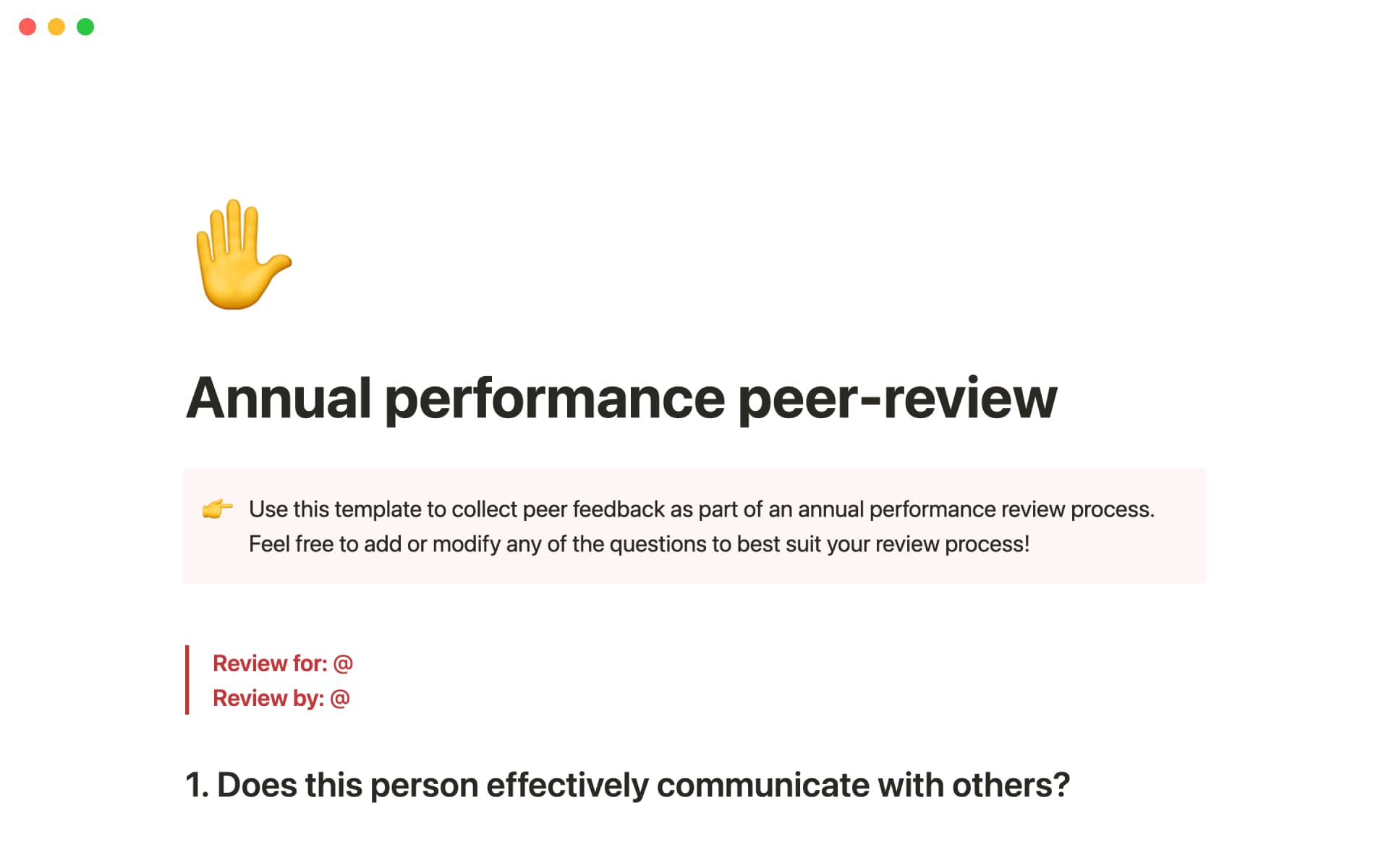No one works forever.
Employees change careers, relocate, or move into retirement. And companies evolve and recalibrate, sometimes leading to personnel shifts. But regardless of the reason they leave, an employee’s exit has loose ends that you need to tie to keep things running efficiently.
Effective offboarding ensures that employee transitions happen smoothly, from signing legal paperwork to retrieving an ID badge. It’s about more than simple risk prevention — treat offboarding with the same sensitivity and attention to detail as the initial onboarding process.
Make sure your team members depart on good terms, and help them transition smoothly into their next chapter. They might even recommend your company to someone else and facilitate your next great hire.
What’s offboarding?
Employee offboarding is the final stage of a team member’s lifecycle. It’s a comprehensive checklist, or step-by-step process, that HR uses when an employee leaves an organization — whether through resignation, termination, or retirement. It clearly outlines every decision and task that needs to happen before an employee leaves for good.
Developing a comprehensive offboarding process that covers every last detail eliminates bumps down the road. It makes sure your whole team has the tools and knowledge to adjust their dynamic, and managers don’t discover lingering tasks. It might sound like a lot of work, but having a strong offboarding process saves time, money, and morale.
Why a good offboarding process is important
Making an employee’s departure as respectful and professional as possible isn’t just good team management — it’s smart business. A detailed offboarding experience has legal and financial safeguards while promoting a culture of well-being throughout every team.
Here are five reasons why having a well-structured offboarding process is crucial:
Legal compliance — it might sound extreme, but you do need to safeguard the company, especially if you’re terminating someone. Closing contracts correctly and with clear communication avoids potential breaches or bad faith separations upfront.
Brand reputation — there are dozens of reasons why your team and one of its members could part ways — and not all of them are negative. Even layoffs or firings can have a positive turnaround with the right offboard experience. Once they leave, previous employees are brand ambassadors, and finishing your working relationship with a solid farewell incentivizes them to represent your brand or send new hires your way positively.
Knowledge retention — when employees leave a company, they leave more than their desks vacant. They take valuable know-how with them, such as specialized knowledge about clients, projects, and company processes. Employees who share information and general wisdom before their exit ensure that their team and successor transition smoothly.
Asset protection — forgetting to collect a security badge, proprietary software access, or the company laptop causes inconveniences and potential breaches. An organized offboard underscores the importance of securing all your assets and protecting both your tangible and digital resources.
Employee relationships — an employee’s exit creates a ripple effect throughout the office. It can either bolster or erode team morale, so approach it with care. Building an equitable and transparent offboarding experience signals the team that fairness and respect are core values, no matter the circumstances.
What should your offboarding process include?
Every company’s culture and processes are different, but all effective offboarding experiences share a few things in common: clarity, consistency, and professionalism.
Here are the key elements to include in your employee offboarding checklist so you don’t let any factor slide:
Closing out final payroll
Conducting an exit interview
Identifying the reason behind a resignation
Reviewing a non-disclosure agreement
Communicating with the rest of the team to say goodbye
Organizing severance
Revoking access to company assets
The 9-step offboarding process
Your offboarding process might be more or less than nine steps. Maybe you usually throw a going-away party or conduct multiple exit interviews. Just make sure you hit the marks that are important to your company and your team.
Here are the factors you shouldn’t forget:
1. Say “Thank you”
Regardless of the circumstances, show your gratitude for the employee’s time and effort. Let them know their contributions brought value to the company. If they’re moving on to a new opportunity, show your support with a thoughtful farewell card and congratulations — even if you’re disappointed or stressed about their departure.
2. Be quick
Notify everyone involved — like relevant teams, departments, and HR — about the person who’s leaving as quickly as possible to keep everyone on the same page. Always remember to inform the employee how and when you’ll communicate the news of their departure to build trust and curb office gossip.
3. Set up a knowledge transfer
Training replacements, delegating responsibilities to another team member, and successfully transitioning with clients depend on a smooth knowledge transfer. Whether the employee has a successor or not, having a record of their know-how keeps hard-fought knowledge from leaving the organization. This might include:
A written overview of daily tasks
Access to systems and files
List of internal and external contacts they work with
Run-down of incomplete projects
You may later realize you’re missing key information about a client or project. There’s a lot going on; it happens. That’s why it’s so important to keep the person’s contact information just in case. Just keep in mind that you should only reach out if absolutely necessary — respecting their boundaries comes first.
4. Recover assets
Big assets like computers, cell phones, and company cars are hard to forget. But smaller items, such as headsets or specialized tools, can slip through the cracks. Add a tracking system for materials on loan to your onboarding checklist, and revisit them when someone leaves. The proactive approach streamlines the process and avoids costly oversight.
5. Terminate system access
Revoke access to all software tools, company databases, and employee accounts. This is vital to protecting from potential security failures. If a former employee accesses and misuses data, it could lead to a breach of contract or reputational damage.
6. Conduct an exit interview
Exit interviews between HR and the departing employee help you glean invaluable information about your company culture and team processes. Feedback about the work environment, employee value proposition, or job challenges can be transformative, giving you pointed information to improve the organization.
7. Update organizational documentation
Refresh organizational charts, team directories, and relevant content on the company website or internal tracking. This ensures employees and clients alike know who’s in what position and when.
8. Settle financial obligations
Pay out all financial dues, including paychecks, benefits, and severance pay. Performing due diligence and cross-checking details supports compliance and shows that you don’t let things slip through the cracks.
9. Maintain the connection
Alumni groups and talent pools are great strategies for encouraging ongoing communication. Keeping in touch doesn’t just foster goodwill. It bolsters a healthy professional network between everyone at your company, leaving the door open for future business collaborations or rehiring opportunities.
Offboarding best practices: 4 common mistakes to avoid
Losing an employee isn’t easy, and complex processes can lead to missteps — but they don’t have to. Here are some common mistakes to avoid:
Overlooking important paperwork — go through all documentation before you send someone off. Forgetting something could lead to financial problems, like lawsuits, fines, or accidentally overpaying a departing employee.
Neglecting an effective knowledge transfer system — this risks the loss of powerful knowledge, which could make it hard to onboard new hires or transition team members.
Ignoring the exit interview — failing to collect employee feedback blocks you from improving important infrastructure, from addressing toxic management to building an attractive pay and benefits package.
Lacking empathy — disrespecting the departing employee is bad for business and sours your relationship. It reflects poorly on your company culture and could negatively impact retention down the line.
Employee offboarding and onboarding made easier with Notion
Onboarding and offboarding are extensive processes, but they don’t have to weigh you down. With thoughtful best practices, you can better manage your team, welcome new hires, and help employees transition to a new chapter in their lives.
On Notion, find collaborative templates for onboarding checklists and new hire onboarding, along with a team hub to update everyone on role changes. Organize every process in one place.







